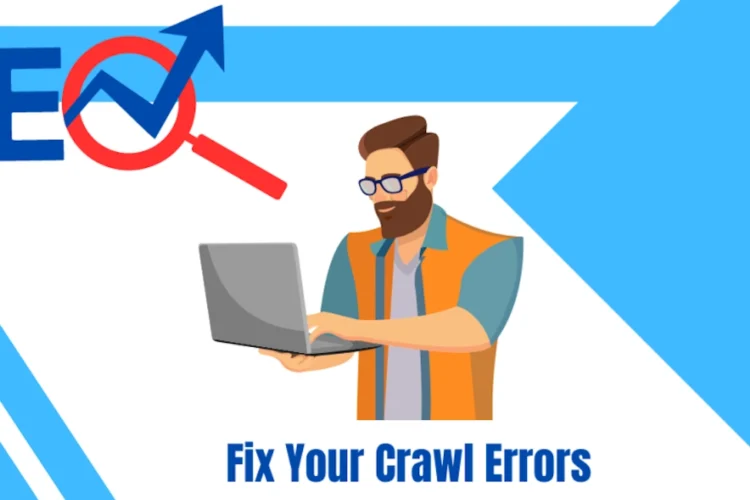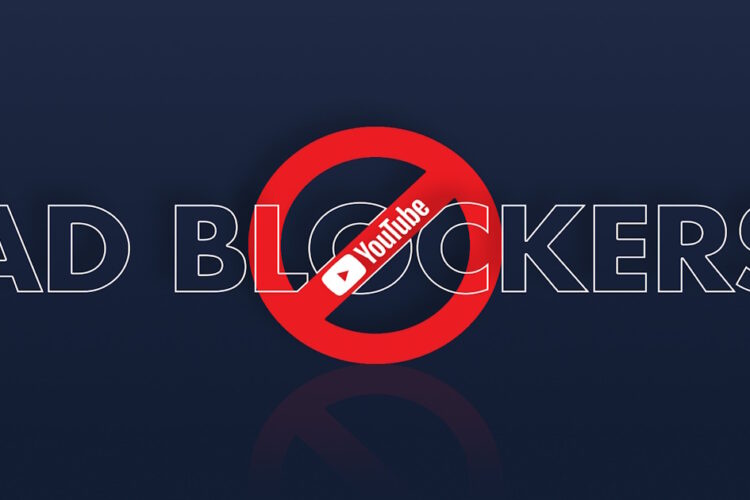
Tip #1: Get the technical basics right
- The initial step is to bang the technical basics. Maybe you’ve developed a great content game plan, but you’re not getting the trading expected. The initial step is to make sure you have the technical basics in place. For example, if Google cannot drag your website, it does not matter how great your content is. One grand tool to find technical issues on your web site is Google search console. There are number of detail accessible reporting on a range of problem on your site. To address problem on your site, follow the guidelines given by Google Search Console. If there were problem with individual URLs that you have since fixed, use the URL Investigation tool to verify to see if issues have been fully resolved. Also, if you control the URL system of your site, make sure your URL and internal linking are friendly to crawlers. Verify out Designing a URL System for E-Commerce Websites on Google Search Central for guidelines on how to design URLs for your website. If your platform does not give you control over the system of URLs on your web site, don’t worry. Many common platforms take care of these issues for you. Next, it is worth verifying details such as page titles. Consider including the details in the title, such as brand name and color of products, so that the title provides useful information to shoppers and clearly distinguishes between different products on you sites. The page titles are used as a basis for the title shown in search. You may also consider adding system data to your web pages to ensure Google correctly understands the purpose of pages. For example for describing products on product pages that can help Google understand your product attributes with greater accuracy. Again, verify out Google Search Central for guidelines on adding system data to your web pages. Final, review the remaining e-commerce guidelines on Google Search Central for additional techniques. There are many consideration, such as whether to keep out-of–stock products listed on your site and, if so, how to inform Google that they’re currently not available for purchase. Product pages are an obvious choice to optimize. You want shoppers who are ready to purchase to find the product on your site.
Tip #2: Verify your breadth of content
- You must have relevant to users at different stages of their shopping journey for example, your home page may be a great landing page for shopper who wants to buy a photography gift but does not know what to buy yet. Your home page often describe many products you have in stock, along with special offers category pages allow you to get more targeted, describing you have a range of product in. for example, bags to hold photography equipment. Rather than product, shoppers early in their Shopping Journey may be looking for guidelines on how to pick the right product. Product reviews may be more important to such shoppers. Providing useful resources for shoppers may also help increase the Recognition and Reputation of your website.
- How to Detect?
- To verify the breadth and quality of your site, think about likely searches by shoppers at different stages in their shopping journey. One you have a set of doubt, try them out. Does your site come up with well positioned? What about your competitors? Also verify the Search Console Performance Report for doubt where your site is being shown. This may help you understand where you are doing well and where you are not.
- How to fix?
- Once you’ve determined a set of doubt that you want to rank well for, analyze to see what inspiration you can drew from them. What gaps exist in your own site? How can you fill out your own unique story? So you stand out from the crowd? If you find product pages are struggling against competitors selling the same products, consider writing your own product descriptions this can help you capture different search traffic. In summary, develop your own content strategy, try it out, measure its effectiveness then continue to refine and adjust to help create your own distinctive voice for your site.
Tip #3: ensure you make up different product correctly
- The problem
- The third tip is to make sure you make up your product different pages correctly. Product different are when you have multiple colors or sizes of the same product. Informing Google of the relationship between product pages can help Google better understand your site content? To look for issues, Google Search Console can be used to explore the relationship between pages and the levels of traffic. The URL Investigation tool can also be used to verify the status of individual pages. On your side, it is recommended to give each product different a unique URL. For example, add query parameters to hold the product color or size, then select one of the different to be the canonical different. All different should include the URL of the canonical page to help Google understand the relationship between the pages. Finally, verify that the canonical page includes text describing all of the different available, such as all colors and sizes. This could be using text in the product description, such as “this product is available in green and blue.” But it can also simple as having a color swatch on a page to let the user change the color with alt text describing each color choice in text. This is so the canonical product different page will match searches for all of the different color and sizes a user may try.
Tip #4: preserve deal page URLs
- There are number of sale events that occur on a recurring basis, such as Mother’s Day. The tip number 4 is you may reuse the same URL across all event occurrences rather than introducing a new URL for each event. This can help Google correctly understand and trust the purpose of such pages. To identify problems, verify the URL for promotional event pages on you site. Sorry, there are no automated tools for this. For example, avoid URL that includes the current year in the path. Once you’ve picked a URL for a promotional event, remember to reuse the same URL each time. After the event, consider leaving the page up with a summary of previous offer or describing that is likely to be on sale next time. For example, for Mother’s Day, you may include a number of traditional mother’s gift that you sell update the page before each with current offers, but keep the page alive and in Google indexes all year round rather than waiting for Google to find and index a new page each time.
Tip #5: Performance matters
- Tip number five is performance of web pages matters. Performance is obviously important to users as a page that takes too long to load may be abandoned by the user. Performance is so important that user experience has also been made at Google Ranking Signal, influencing the ranking of pages in search results. This can be particularly important if you use the same supplier provided product description as other sellers online. If two product pages have the same textural content, page speed may be the factor that decides which page comes initial in search results. The Page Speed Insights report is a useful report for verifying the performance of the web page. You can provide the URL of one of your pages, and it performs a number of lab tests on the page, as well as displaying field data from the Chrome User Experience report for your page, if available. You can also use tools like Google Analytics to measure the performance of your pages.
- How to fix?
- The page speed Insights report includes a list of potential problem it identifies on your site. It also includes a list of recommendations on how to address the problems. You can also verify out the other episodes in this series for guidelines on specific topics, such as image and JavaScript optimization. Ok, so you’ve been following Google’s SEO guidelines for a few weeks now, but you’ve not seen much benefit.
- What’s next?
Tip #6: Be patient
- Tip number six is, wait for it to be patient.
- The problem
- SEO, unfortunately, is a long game. Some ranking signals maybe take many months to change. Worse, there is no guarantee of success. The HTTP Archive reports that approximately 22% of the website it archives support e-commerce. That means there is a lot of online competition out there. Google search console, as previously described, how to detect? Is the best tool to verify that your content on your site is being indexed correctly without errors? It can also be used to explore traffic to your site. If traffic is trending upward, that may be a positive sign you’re on the right track. It can take month to reap the benefit of a content creation strategy, but that does not mean there is nothing you can do until then. Think about how to expand your site traffic sources. Do you have a marketing campaign Are you active on social media? Have you approached independent reviewers to review products on your site? If you also have physical store, do you have signs or pamphlets that link to your online presence with URLs or QR codes? As well as the additional direct traffic, authentic external links to your site am improve your ranking.
Tip #7: Consider expert help
- If you’ve done your best to improve your site but are still not getting the results you want, tip number seven is to seek professional help for your web site. There are many agencies available to provide exert SEO guidelines. Beware, however, of schemes that claim to improve your ranking by paying them to create more links to your site. Artificially linking to pages on your site goes against Google quality guidelines and may have negative repercussions on your page rankings.
Tip #8: it’s all about users
- Let me finish with my ultimate tip for SEO. Remember, it’s all about the user.
- The problem
- The ultimate goal for Google Search is to put the best possible in front of user performing a search. Algorithms change over time but ultimate goal does not. This does not mean you should not measure your site’s performance. It is still to use of tools such as Google Search Console and Google Analytics to collect data on your site, but think about changes to help your customers rather than focusing on Google Search results specifically.For example, verify the bounce rate of pages on your site. If user land ona page but do not stay on your site, it may be worth reviewing your content strategy. Maybe you’re attracting the wrong sorts of users with your current content. The best strategyis to create content and experiences that best serves your customers. Rather than think about Google specific algorithms that seem to work at the moment, build your content strategy around serving customers and let Google worry about the searchalgorithms to find the best content. This may involve verifying what typical customers are searching foe or staying on top of current search trends. Google makes search trend data available for public access at trend.google.com. As well as textual content, also make sure you include high-quality images videos on your site. Visual media is increasingly important on e-commerce sites and the web in general.


